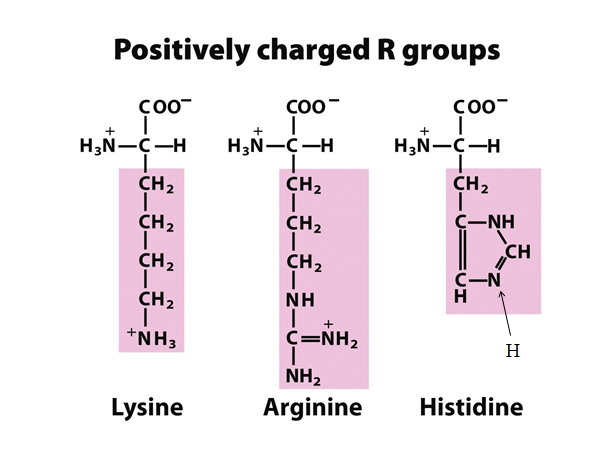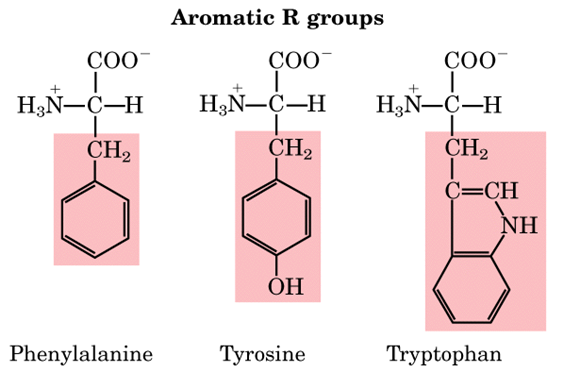1. Name the elements that determine the weather of a place.
Solution:
Temperature, humidity, rainfall and wind are the elements that determine the weather of a place.
2. When are the maximum and minimum temperatures likely to occur during the day?
Solution:
Maximum temperature occurs during day time, afternoon to be precise whereas minimum temperature occurs early in the morning.
3. Fill in the blanks:
(i) The average weather taken over a long time is called ___________.
(ii) A place receives very little rainfall and the temperature is high throughout the year, the climate of that place will be ___________ and ___________ .
(iii) The two regions of the earth with extreme climatic conditions are ___________ and __________.
Solution:
(i) The average weather taken over a long time is called climate.
(ii) A place receives very little rainfall, and the temperature is high throughout the year, the climate of that place will be hot and dry.
(iii) The two regions of the earth with extreme climatic conditions are polar region and tropical region.
4. Indicate the type of climate of the following areas:
(a) Jammu and Kashmir: _________________________________
(b) Kerala: ____________________________________________
(c) Rajasthan: __________________________________________
(d) North-east India: _____________________________________
Solution:
(a) Jammu and Kashmir: moderately hot and wet
(b) Kerala: hot and wet
(c) Rajasthan: hot and dry
(d) North-east India: wet
5. Which of the two changes frequently, weather or climate?
Solution:
Weather changes frequently but not climate
6. Following are some of the characteristics of animals:
(i) Diets heavy on fruits (ii) White fur
(iii) Need to migrate (iv) Loud voice
(v) Sticky pads on feet (vi) Layer of fat under skin
(vii) Wide and large paws (viii) Bright colours
(ix) Strong tails (x) Long and large beak
For each characteristic indicate whether it is adaptation for tropical rainforests or polar regions. Do you think that some of these characteristics can be adapted for both regions?
Solution:
(i) Diets heavy on fruits- Tropical rain forests
(ii) White fur – Polar regions
(iii) Need to migrate- Polar regions
(iv) Loud voice-Tropical rain forests
(v) Sticky pads on feet – Tropical rain forests
(vi) The layer of fat under skin – Polar regions
(vii) Wide and large paws – Polar regions
(viii) Bright colours – Tropical rain forests
(ix) Strong tails – Tropical rain forests
(x) Long and large beak – Tropical rain forests
I think that animals are differently adapted to survive in different climatic conditions.
7. The tropical rainforest has a large population of animals. Explain why it is so.
Solution:
Hot and humid temperature and continuous rainfall in the tropical rainforest suit the survival of many animals; hence, the tropical rainforest has a large population of animals.
8. Explain, with examples, why we find animals of certain kind living in particular climatic conditions.
Solution:
Animals are adapted to survive in the conditions in which they live. Animals living in very cold and hot climate must possess special features to protect themselves against the extreme cold or heat.
Example: Polar bears have white fur so that they are not easily visible in the snowy white background. It protects them from their predators. It also helps them in catching their prey. To protect them from extreme cold, they have two thick layers of fur. They also have a layer of fat under their skin. In fact, they are so well-insulated that they have to move slowly and often rest to avoid getting overheated.
Similarly, In rainforests, Red-eyed frog has developed sticky pads on its feet to help it climb trees on which it lives.
9. How do elephants living in the tropical rainforest adapt itself?
Solution:
Following are the adaptation of elephants in rainforests
- It uses the trunk as nose to have strong sense of smell
- The trunk is also used to pick food
- It has modified teeth tear the bark of trees which are food for elephants
- Large ears of the elephant help it to hear even very soft sounds.
- Ears help the elephant to keep cool in the hot and humid climate of the rainforest.
Choose the correct option which answers the following question:
10. A carnivore with stripes on its body moves very fast while catching its prey. It is likely to be found in
(i) polar regions (ii) deserts
(iii) oceans (iv) tropical rainforests
Solution:
The answer is (iv) tropical rainforests
11. Which features adapt polar bears to live in extremely cold climate?
(i) A white fur, fat below skin, keen sense of smell.
(ii) Thin skin, large eyes, a white fur.
(iii) A long tail, strong claws, white large paws.
(iv) White body, paws for swimming, gills for respiration.
Solution:
The Answer is (i) A white fur, fat below skin, keen sense of smell.
12. Which option best describes a tropical region?
(i) hot and humid
(ii) moderate temperature, heavy rainfall
(iii) cold and humid
(iv) hot and dry
Solution:
The answer is (i) hot and humid.















